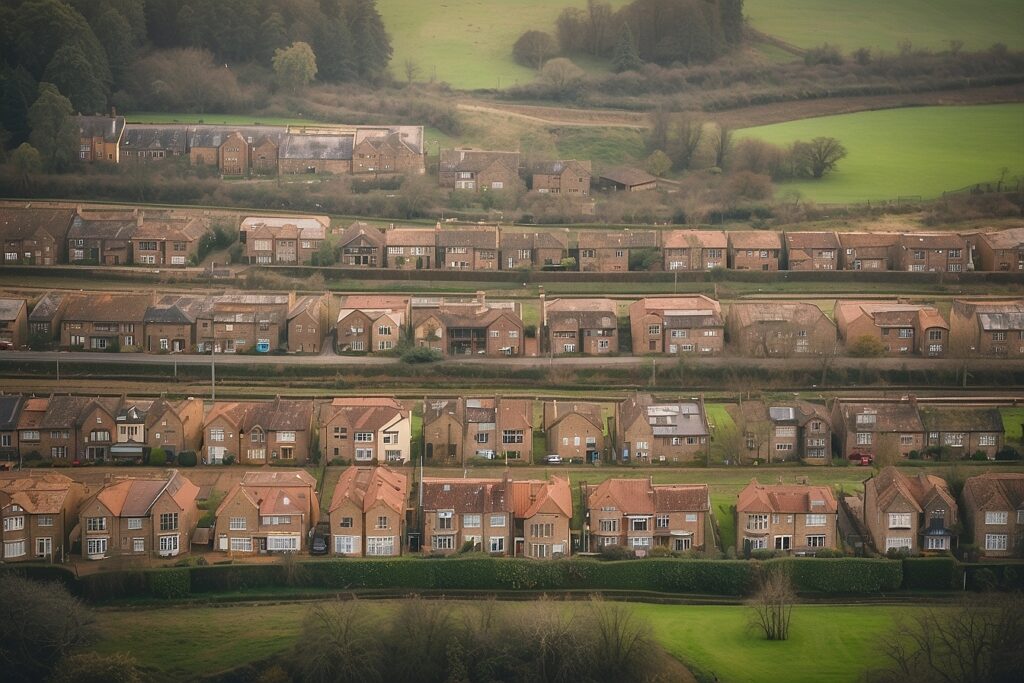
The recent surge in the housing market has brought a wave of optimism to both buyers and sellers alike. According to the latest report from Realtor.com®, December witnessed a significant increase in real estate listings, with 33,251 more properties hitting the market compared to the same period last year. This marks the second consecutive month of rising inventory, breaking a 17-month streak of declining availability.
Notably, the total inventory saw a 4.9% annual increase in December, signaling a positive shift in the real estate landscape. Even more encouraging is the fact that a considerable portion of these listings were freshly added to the market.
Chief Economist at Realtor.com®, Danielle Hale, notes, “New listings, in particular, were up 9.1%, providing a burst of fresh listings that buyers didn’t fully scoop up right away.”
With this notable uptick in inventory, many wonder if this surge will translate into increased activity and momentum within the housing market as we enter the new year.
The recent surge in new real estate listings can be attributed to the gradual decline in mortgage rates, marking a significant shift in the housing market dynamics.
For 17 consecutive weeks, 30-year fixed mortgage rates had remained above 7%, reaching a peak in October that hadn’t been seen in over two decades. However, by mid-December, these rates began to trend downwards, dipping below the 7% mark and hitting a low of 6.61% on December 28, as reported by Freddie Mac.
Danielle Hale, Chief Economist at Realtor.com, explains, “The lower mortgage rates fall, the more likely we are to see inventory increase, because the lock-in effect that has been holding a lot of homeowners in their current homes will be less impactful.”
With mortgage rates becoming more favorable, an increasing number of homeowners, who had previously been hesitant to sell due to their low existing mortgage rates, are now showing interest in entering the market.
However, despite this positive trend, it’s important to note that the current inventory levels still fall short of pre-pandemic standards. Hannah Jones, an economic analyst at Realtor.com, highlights, “Despite this encouraging annual increase, active inventory still remained 36% below typical 2017 to 2019 levels.”
Despite the recent surge in home inventory, there has been minimal impact on list prices, which have remained relatively stable.
Last December, median home prices stood at $400,000, and although this December saw a slight increase to $410,000, it only marked a 1.2% growth compared to the same period a year ago.
While there was a $10,000 decrease in prices from November to December, this decline aligns with typical seasonal patterns.
Danielle Hale, Chief Economist at Realtor.com, anticipates some softening in home prices in 2024. However, she doesn’t expect a significant decline as long as mortgage rates remain high.
“I don’t think we’re going to see a big break in prices, since the broader trend facing the housing market continues to be not enough supply relative to demand,” says Hale.
Despite the appeal of friendlier mortgage rates and increased housing options, homebuyers still face affordability challenges.
In December, the cost of financing 80% of the typical home rose by 6.1% compared to the previous year, resulting in an additional $123 per month. This increased the required household income to purchase the median-priced home by $4,900, totaling $85,664 before factoring in the cost of tax and insurance.
Despite these affordability concerns, home sales continued at a surprising pace.
In December, homes spent an average of 61 days on the market, which is four fewer days than the previous year and two weeks shorter than the average from 2017 to 2019 before the COVID-19 pandemic.
Buyers were particularly swift in the 50 largest U.S. metros, where homes were sold in an average of 55 days.
For buyers seeking affordability in large metropolitan areas, the South emerges as an attractive option. With a listing price growth rate of only 2.3%, it offers a more budget-friendly market compared to regions like the Northeast, where median home prices surged by 8.4%. Additionally, the South was the only region to experience noteworthy yearly inventory growth, reaching 7.7% in December.




I am also in this business
Your article helped me a lot, is there any more related content? Thanks!